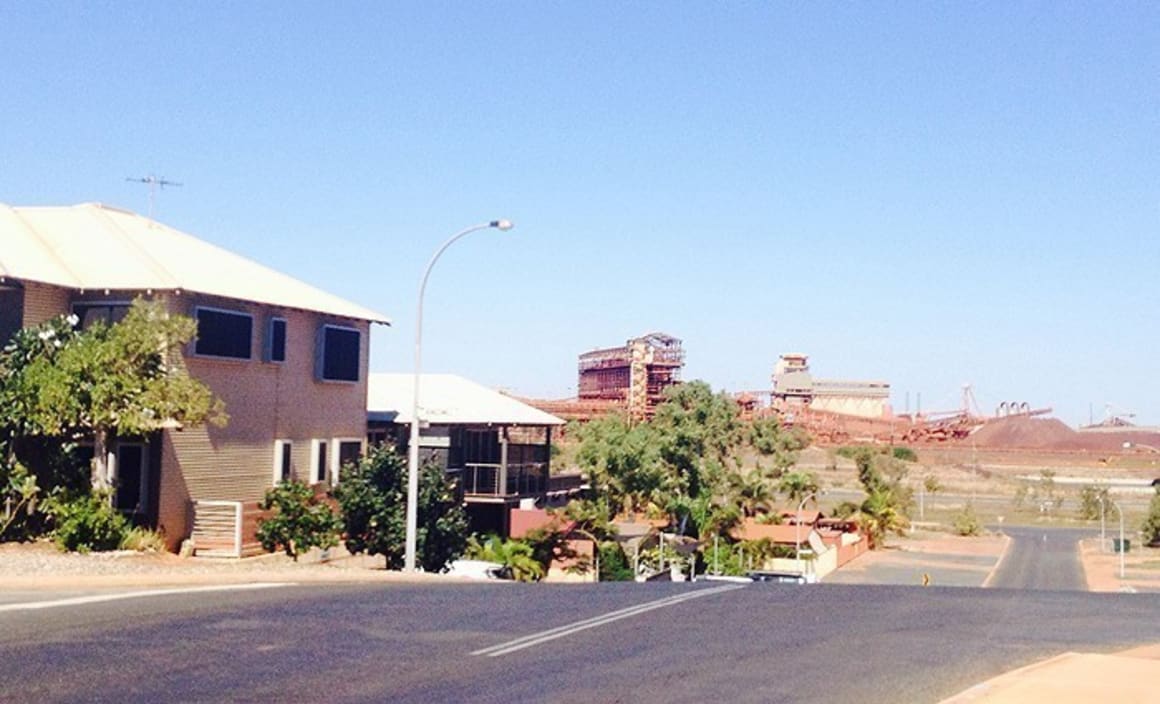Port Hedland's price plummet: Can it recover?

The Port Hedland and South Hedland property market's fall from grace has been well documented.
In mid-2014, columnist Terry Ryder cautioned investors against buying in the mining region, writing that although the Port Hedland and South Hedland markets were in "rapid decline", they "but remain outrageously overpriced".
Controversial research body Demographia ranked the Port Hedland market the 11th most affordable in Australia this year, with a median price of $780,000 and median annual income of $168,400 giving the region a "median multiple" of 4.6.
In the 2014's 10th annual Demographia International Housing Affordability Survey, Port Hedland's market was considered the 13th most affordable, with a median multiple of 5.0 (median housing price of $818,000; median income of $163,700). The year prior, it was named "severely unaffordable" by Demographia, its $980,000 median housing price and $153,800 median annual income giving it a median multiple of 6.4.
Port Hedland has seen vast amounts of iron ore moved out from the Pilbara's mines, stimulating its property markets. But as the local mining economy moves from the construction phase to operations, the transient labour population, many of whom were fly-in, fly-out workers, and tenants, has declined.
The region's dramatic property price struggles were brought into sharp focus over the weekend at the auction of a home at 18 Edgar Street in Port Hedland. ABC reported that the fibro cottage passed in at auction at $360,000, with the highest offer reflecting 2006 price levels.

The house had traded just four years ago for $1.3 million. In 2009 it sold for $870,000 and at $350,000 in 2006.
The home's sales agent, Barry Walsh at Jan Ford Real Estate, tells Property Observer that at the peak of the mining boom, property prices in the Port Hedland and South Hedland regions were unsustainable.
"It was totally unsustainable where it was, and now that it's stabilising, it will bottom out, and is in the throes of doing that," says Walsh. He says 18 Edgar Street was advertised to rent at $2,400 per week at the market's peak," said Walsh.
"And now, you wouldn't rent it for $500 per week. That's a reflection of the rental market."
According to Walsh, the market is now in the process of returning to its fundamental value.
"The stabilisation of the market is a very good thing for Port/South Hedland and the Pilbura region," he says.
"It was unfortunate that the market went where it did, to unsustainable and disproportionate price levels."
He attributes some of the price escalation to the inability to release a sufficient amount of land for development to cope with the influx of residents who were attracted to the area's mining economy. The infrastructure required to house the expected 30,000 to 50,000 residents – everything from hospitals and schools to sewers and roads – wasn't available to facilitate the expansion of the region, making tenants compete for the existing properties.
"The rents got to about $2,800 a week – some of the dearest in the world."
He says 18 Edgar Street is currently advertised for $600,000 through private treaty, with a couple of potential buyers engaged. He says the property, as it exists now, would only be worth around $250,000 to investors as a residential building. "Everyone up here would want at least 10% gross return", Walsh explains.
Indeed, taking a look through Port Hedland's available listings, that appears to be the case. "GOVT LEASE 14.7% ROI", one agent writes. "INVESTORS DELIGHT WITH HIGH RETURN 10+%", another listing reads.
58 Kingsmill Street in Port Hedland is currently on the market, with a price guide of $780,000.

It last traded at $465,000 in 2006. If it secures its current asking price, it will have appreciated by 68% in nine years.
The four bedroom, two bathroom house is currently leased at $1,600 per week, yielding 10.6%.
However, while the lease isn't due for renewal until 21 January 2016, there is no guarantee that it will attract the same rate this time next year. In April 2013, it was advertised to rent at $2,900 per week. Less than six months later, the advertised rent had dropped by $800 per week, to $1,700 per week. It dropped $100 further before being picked up by the current tenants.
18 Edgar Street saw a similar descent. From its advertised $2,400 per week peak in 2011, it dropped to $1,800 in 2013. Within a year, diminishing tenant demand saw $1,000 per week lopped off its advertised rental rate, down to $800 per week.
Walsh cautions investors not to mistake a current rental rate for the property's current market potential rental returns, citing a property which had been leased at $1,800 per week for the last 12 months that is now struggling to secure at $700 per week.
"Over the last 12 months, investors have been very cautious and have been wanting very high returns," he says. Walsh believes investors will return to the market when it displays more stability, due to the fundamental demand drivers underpinning the market. After all, Port Hedland has the highest tonnage port in Australia, which services a number of industries, beyond iron ore.
As for 18 Elgar Street, Walsh believes it will ultimately offer the most value to developers, due to its position in the centre of Port Hedland, within the businessa nd commercial district, opposite developments and near the boat ramp, Marapikarrinya Park and the fishing wharf.
{mijopolls 89}
Photo of Port Hedland courtesy of Robyn Jay/C.C. BY 2.0